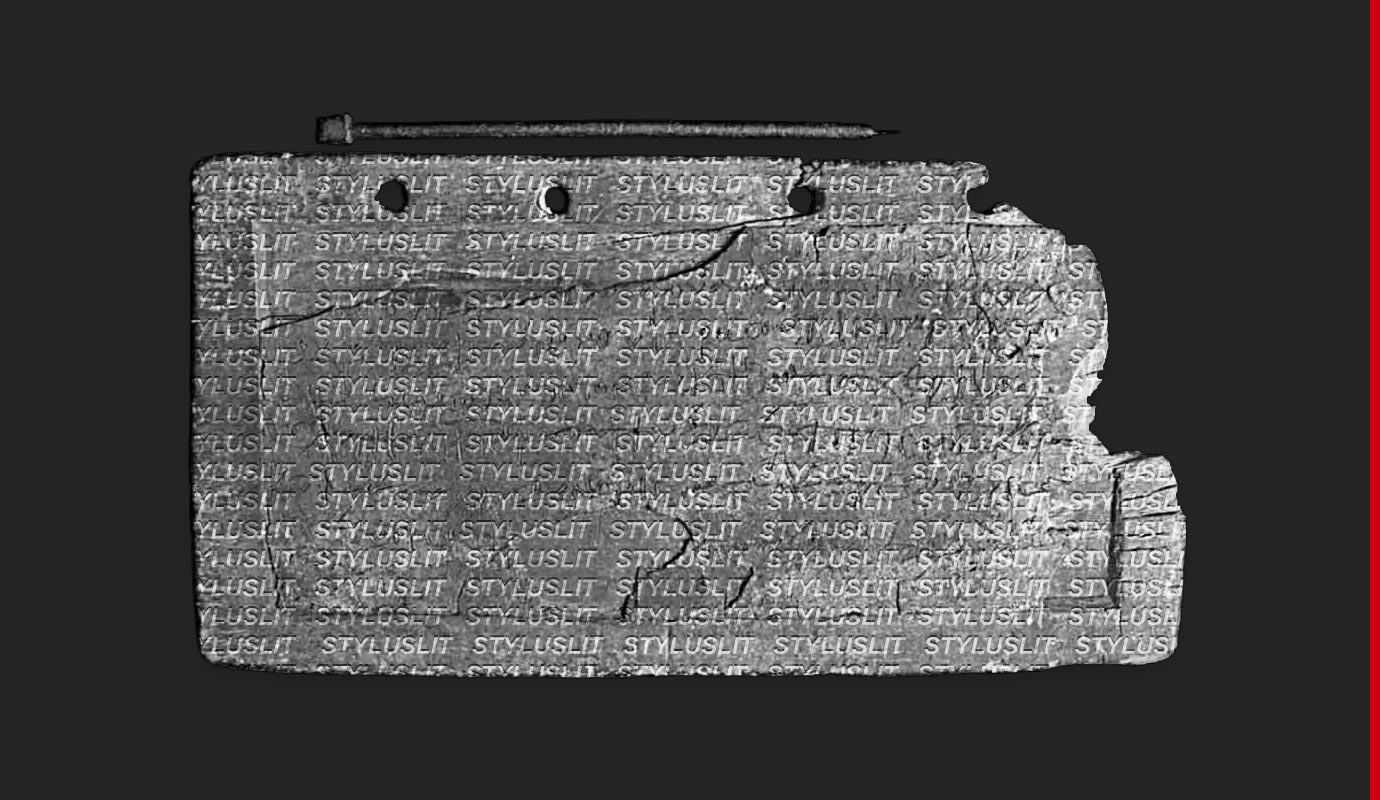Gazing at the hills beyond Anavissos,
I’m waiting for the last bus to leave Sounion.
The sky grows dim.
All day I have been conscious
of the Attic light x-raying me,
the Attic landscape’s scrutiny;
the sea behind me, listening.
At the periphery, towards the east,
the long dirge of Makronisos
is swallowed by the night,
its only light a navigation beacon,
blinking “Keep away!” Farther out,
a sprinkling of lights
pinpricks the coast of Kea,
shimmering more visibly
as dusk draws in.
A temple dog, a stray, noses
contents of a skip. He slinks away,
disconsolate: only café trash.
The temple hovers in the darkness
till it is abruptly lit,
emphasising its fragility,
its singularity.
All day I have sensed this unmistakably:
in a script elusive to decipher
as Minoan B*,
the landscape has been reading me,
transcribing me.
*Also known as Linear B
Note: (Cape) Sounion is a promontory at the southernmost tip of Attica in Greece, passed by all the shipping to and from the eastern Aegean from Piraeus. It is the site of a temple dedicated to Poseidon, god of the sea, and, on the landward side, overlooks the location of the silver mines which funded the rise of Athens in classical times.
Graffiti spanning many centuries appear on its columns, including the name “Byron”, one of countless travellers to Sounion, who mentions it in his poem, “The Isles of Greece” .
Makronisos was a prison island and place of torture for alleged political dissenters during the period of military dictatorship in the 20th century. It has remained uninhabited ever since.
